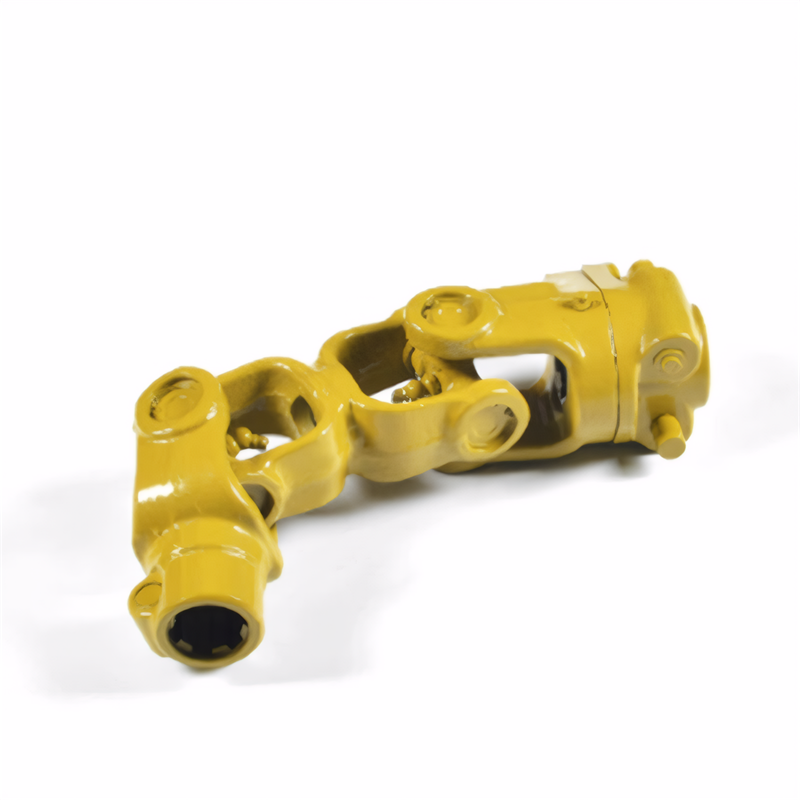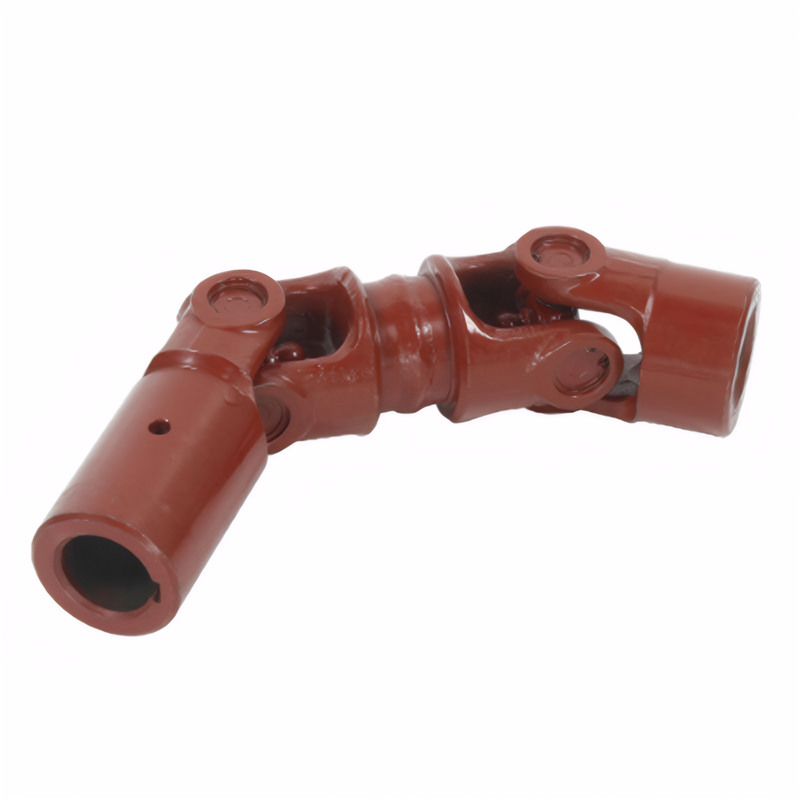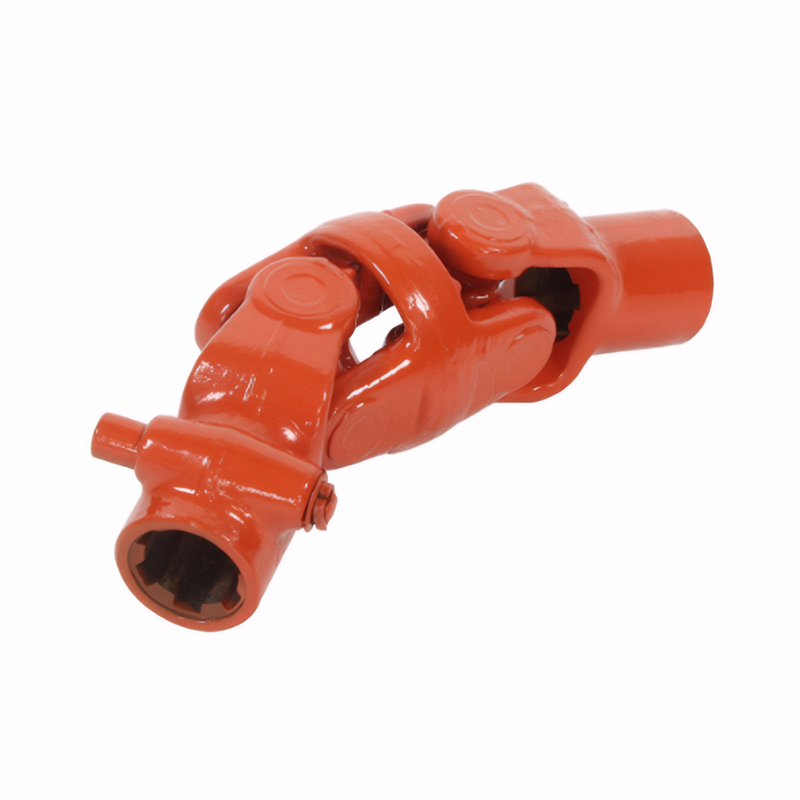Trial operation after the installation of the drive shaft
Post-Installation Test Run of Transmission Shaft: A Comprehensive Guide
Importance of Conducting a Post-Installation Test Run
After installing a transmission shaft in a vehicle, conducting a thorough test run is an indispensable step. The transmission shaft is a critical component that transfers power from the engine to the drivetrain, enabling the wheels to rotate. A proper test run helps to verify that the installation has been carried out correctly, ensuring that all connections are secure and the shaft is functioning as intended.
If any issues are present but go undetected during the installation process, a test run can reveal them before the vehicle is put into regular use. This proactive approach can prevent more severe problems from developing later on, such as component failures, excessive wear, or even safety hazards. For example, an improperly installed transmission shaft may cause vibrations that can damage other drivetrain components over time. By identifying and addressing these issues during the test run, you can save time and money on costly repairs and ensure the longevity of the vehicle's drivetrain system.
Pre-Test Run Preparations
Visual Inspection of Installation
Before starting the test run, conduct a detailed visual inspection of the transmission shaft installation. Check all the bolts and nuts that secure the shaft to the transmission output flange and the differential input flange. Ensure that they are tightened to the manufacturer's specified torque values. Look for any signs of loose connections, such as bolts that are not fully seated or nuts that can be easily turned by hand.
Inspect the condition of the universal joints or slip joints on the transmission shaft. Make sure that they are properly lubricated and free from any debris or damage. Check for any signs of leakage around the seals of these joints, as this could indicate a problem with the installation or the condition of the seals themselves. Also, examine the shaft for any visible signs of damage, such as cracks, dents, or excessive rust. If any issues are found during the visual inspection, they should be addressed and corrected before proceeding with the test run.
Checking Fluid Levels (if applicable)
In some vehicles, the transmission shaft may be associated with components that require specific fluid levels, such as transfer cases in four-wheel-drive vehicles. Check the fluid levels in these components according to the manufacturer's recommendations. Low fluid levels can cause excessive heat and wear, leading to premature failure of the components.
Ensure that the correct type of fluid is used, as specified in the vehicle's service manual. Using the wrong type of fluid can affect the performance and longevity of the drivetrain components. If the fluid levels are low, top them up to the appropriate level before starting the test run.
Conducting the Initial Test Run
Starting the Engine and Idling
Begin the test run by starting the engine and allowing it to idle for a few minutes. During this time, listen carefully for any abnormal noises coming from the transmission shaft area. Unusual sounds, such as grinding, rattling, or knocking, may indicate a problem with the installation, such as loose components or misalignment.
Observe the behavior of the vehicle while it is idling. Check for any excessive vibrations that are not normal for the vehicle. Vibrations can be caused by an unbalanced transmission shaft, improper installation, or worn components. If you notice any abnormal noises or vibrations during the idling phase, stop the engine immediately and reinspect the installation to identify and correct the problem.
Gradual Acceleration and Deceleration
Once the engine has warmed up and is running smoothly at idle, gradually accelerate the vehicle to a low speed, such as 10 - 15 miles per hour. During acceleration, pay attention to how the transmission shaft transfers power to the wheels. There should be a smooth and consistent transfer of power without any hesitation or slipping.
After reaching the low speed, gradually decelerate the vehicle to a stop. Listen for any unusual noises or feel for any vibrations during the deceleration process. Repeat this process of gradual acceleration and deceleration several times, increasing the speed slightly each time, up to a moderate speed that is appropriate for the test environment (e.g., 30 - 40 miles per hour on a quiet road).
As you increase the speed, continue to monitor the performance of the transmission shaft. Look for any signs of imbalance, such as steering wheel vibration or a shaking sensation in the vehicle's body. Also, check for any abnormal noises that may become more pronounced at higher speeds. If any issues are detected during this phase of the test run, reduce the speed and safely pull over to investigate the problem further.
Advanced Test Run Procedures
Testing on Different Road Surfaces
To thoroughly evaluate the performance of the installed transmission shaft, it is beneficial to test the vehicle on different road surfaces. Start by driving on a smooth, paved road to get a baseline understanding of the shaft's performance under normal conditions. Then, transition to a rough or uneven road surface, such as a gravel road or a road with potholes.
On rough roads, the transmission shaft is subjected to more severe stresses and vibrations. Pay close attention to how the shaft handles these conditions. Listen for any new or increased abnormal noises, and feel for any changes in the vehicle's handling or vibration levels. If the transmission shaft is properly installed and in good condition, it should be able to withstand these stresses without any significant issues. However, if you notice any problems, such as excessive noise or vibration, it may indicate a problem with the installation or the condition of the shaft itself.
Load Testing (if applicable)
If the vehicle is designed to carry loads, such as a truck or a utility vehicle, performing a load test can provide valuable insights into the performance of the transmission shaft. Load the vehicle with a weight that is within its specified capacity and repeat the test run procedures described above, including gradual acceleration, deceleration, and testing on different road surfaces.
When the vehicle is under load, the transmission shaft is subjected to increased torque and stress. This can help to identify any weak points in the installation or any issues with the shaft's ability to handle the additional load. During the load test, monitor the vehicle's performance closely for any signs of strain, such as excessive heat generation, abnormal noises, or vibration. If any problems are detected, stop the test immediately and investigate the cause to prevent further damage to the drivetrain components.
 Accuracy requirements for the
Accuracy requirements for the
 Selection of universal joint t
Selection of universal joint t
 Standard for coaxiality error
Standard for coaxiality error
 Requirements for the surface r
Requirements for the surface r
 简体中文
简体中文 English
English
